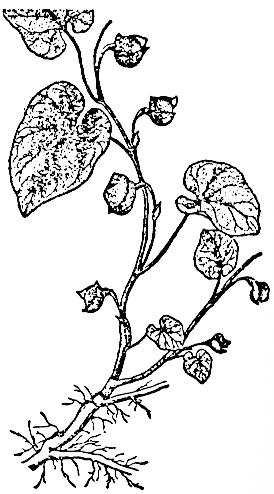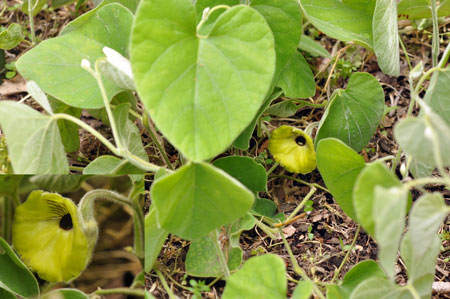[1] Barefoot Doctor's Manual- 1977 Prepared by the Revolutionary Health Committee
of Hunan Province. Original Chinese manual- Victor W. Sidel. Originally published
by Dr Joseph Quin and the Fogarty International centre, Bethdesda (1974). Madrona
Publishers Seattle Washington ISBN 0-914842-52-8
[2] A Complete English Dictionary of Medicinal Terms in Chinese Acupuncture and
Herbalism 1981 - Henry Lu Chinese Foundations of Natural Health- The Academy of
Oriental Heritage, Vancouver, Canada.
Images
1.
bg.s.u-tokyo.ac.jp
2.
[1]
 Aristolochia
mollissima. 綿
毛 馬
兜 鈴
Mián máo mǎ dōu líng Family: Aristolochiaceae
Aristolochia
mollissima. 綿
毛 馬
兜 鈴
Mián máo mǎ dōu líng Family: Aristolochiaceae
 Research
Research